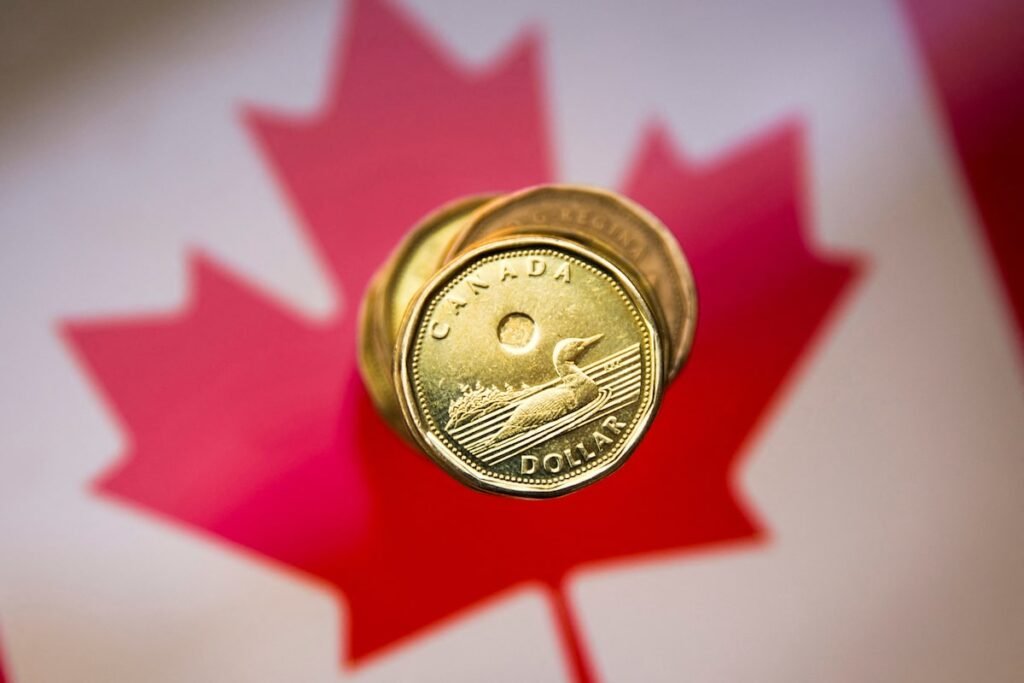The Canadian dollar weakened against its U.S. counterpart on Thursday as domestic data showed that retail sales declined in May, but the move was limited ahead of a Bank of Canada interest rate decision next week.
The loonie was trading 0.3 per cent lower at 1.3635 per U.S. dollar, or 73.34 US cents, after moving in a range of 1.3592 to 1.3646. On Wednesday, the currency touched its strongest intraday level since July 4 at 1.3573.
Canada’s retail sales shrank by 1.1 per cent in May from April as consumers curtailed car purchases and spent less at supermarkets, convenience stores and on alcohol. A preliminary estimate for June pointed to a rebound of 1.6 per cent.
“This decline points to softening domestic demand, though markets remain relatively calm, with expectations that the Bank of Canada will maintain its 2.75-per-cent interest rate at next week’s meeting amid persistent inflation pressures,” said Tony Valente, senior FX dealer at AscendantFX.
The BoC has kept its benchmark rate on hold at 2.75 per cent since March, after slashing it by two and a quarter percentage points in the previous nine months. Investors expect no change at a policy decision next Wednesday and are pricing in just 12 basis points of easing by the end of 2025, down from about 30 basis points before stronger-than-expected jobs data earlier this month.
“Despite this pullback, the CAD remains resilient, supported by positive broader risk sentiment and signs of USD fatigue against other major currencies,” Valente said.
The U.S. dollar clawed back some of this week’s decline against a basket of major currencies, while the price of oil, one of Canada’s major exports, was up 0.8 per cent at $65.75 a barrel on optimism over U.S. trade negotiations and after a sharper-than-expected decline in U.S. crude inventories.
The Canadian 10-year yield was little changed at 3.546 per cent, pulling back from an earlier one-week high at 3.614 per cent.







